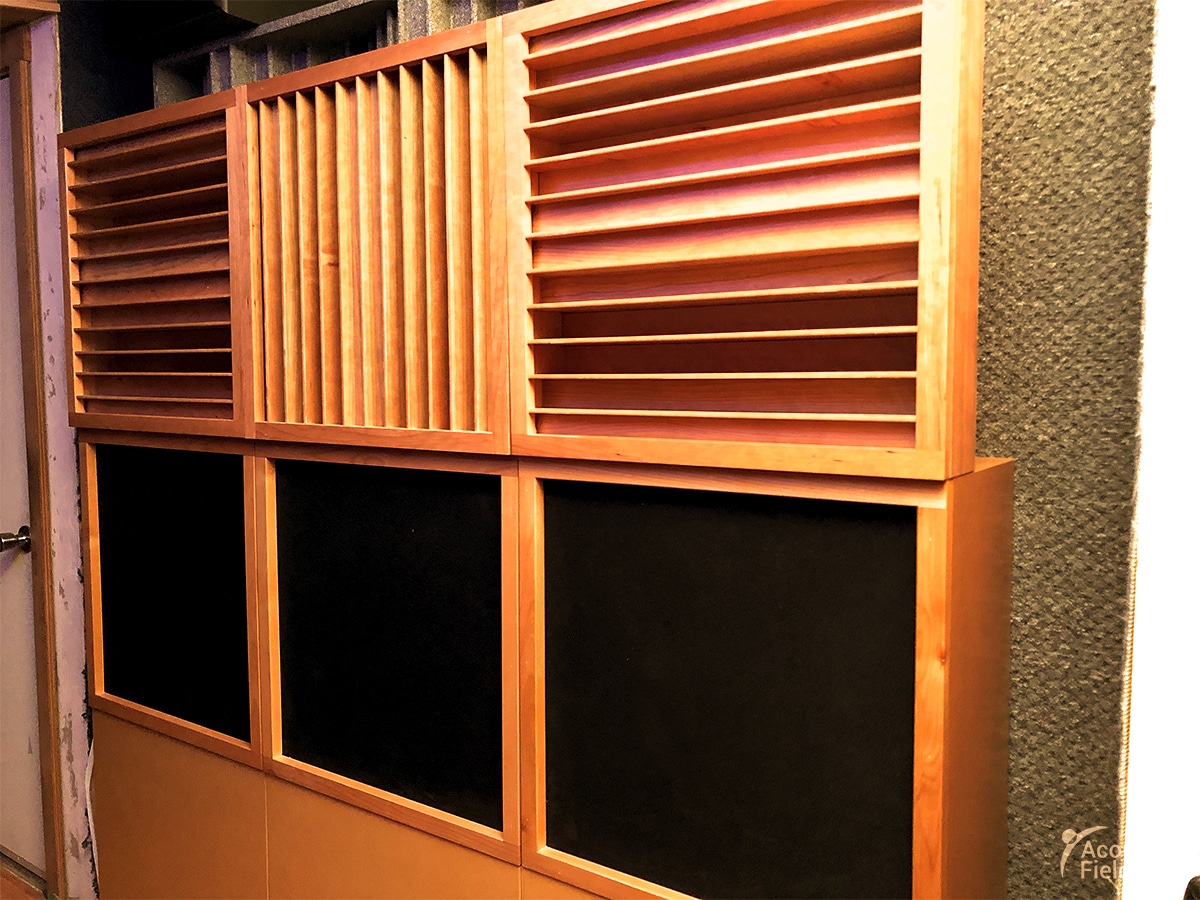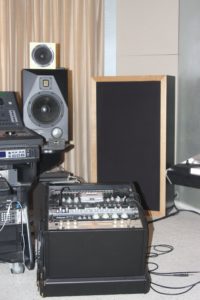Sound treatment and soundproofing are terms that have completely different meanings. Both terms share some of the same physics to arrive at their meaning, but both have completely different acoustical objectives. However, I can tell from the questions that I receive from customers, that the meaning of sound treatment is mistaken for soundproofing and the definition of soundproofing is used when we are really discussing sound treatment. Let’s look at both closely, so we can see the differences more easily. We have updated this blog to reflect new experiences and knowledge on 12/3/19.
Sound Treatment Vs. Sound Proofing
Sound Isolation
Soundproofing is all about sound isolation. isolation technology has nothing to do with sound treatment. We are using barrier technology to isolate the receiver of sound from the sender of the same sound. The easiest way to do this is to build a barrier between the sound source sender and the sound receiver. We use barriers every day to isolate sound from reaching us from other sources. We drive in traffic, roll our windows up and put the body of the car and the glass windows between us and the traffic noise. We live in our homes which are sound barriers between us and the noise of the world.
Barrier Technology
A recording studio uses barrier technology to achieve soundproofing from those barriers. We want our live room to not enter our control room. If it does, we want to make sure the sound pressure level is well below our monitors. Our vocal room must not receive any “bleeding” of sound from the live room. We want only vocals in the track, not drum sound from the live room. We achieve levels of soundproofing in each room of our studio by building barriers between the sound we want and the sound we do not, whatever the musical source.
Soundproofing: https://en.wikipedia.org/wiki/Soundproofing
Noise Signature
Each sound source that we are trying to isolate from has a certain frequency range to its sonic signature. The STC rating is an averaging rating technique that works from 125Hz. – 4,000Hz. It is used to rate the ability of the structure or barrier to stop sound transmission through it. Different materials arranged in certain ways using their density as a variable will produce a structure that can stop the vibrational energy created by sound energy. The STC algorithm figures these densities into their calculations. The STC rating is not effective below 125 Hz. and is to be seconded guessed above that number because of its antiquated algorithms.
Sound Absorption: https://en.wikipedia.org/wiki/Absorption_(acoustics)
Energy Reflected Back
The energy that is generated within our rooms from vocals, instruments, amplifiers, and drums fills the existing room with energy. That energy then leaves the room and strikes the shell or barrier is then reflected back into the room by the very barrier that we have built to keep unwanted exterior energy out of the interior of our room. We need to be conscious of this phenomenon when we are designing our room and provide proper pressure “relief valves” to handle this energy that is returned from sound sources within the room by our shell or barrier technology.
Sound Treatment
Sound treatment is the term we use to refer to the absorption and diffusion technology that is applied to treat the energy within our room. We need to manage all surface wall, floor, and ceiling reflections. Low-frequency energy resonances need to be managed and reduced to the level of insignificant. The chosen use of the room will determine what type and amount of sound absorption and sound diffusion technologies one employs within the room. Live rooms in a professional recording studio have different acoustical needs than control or vocal room. Likewise, control rooms need different treatments than playback rooms.
Low Frequency
Low-frequency energy below 100 cycles fills our room and due to its longer wavelengths, reacts with the dimensions of the room that are not conducive to its wavelength. These room modes create pressure areas that can exaggerate certain frequencies that enter through them or completely smother them. A microphone placed within these resonances will tell this story better than words. In these pressure modes, some sounds will be heard, some will not. Low-frequency pressure areas within a room of certain dimensions and volume are easy to predict but harder to locate. Proper low-frequency technology must be applied in these areas to reduce the magnitude of these resonances.
Diaphragmatic – Most Powerful
The most powerful of all the low-frequency technologies is diaphragmatic absorption. The goal of any quality low-frequency absorption technology is to get as much of the energy below 100 Hz. per square foot as we can. Space in our rooms is critical and we must utilize the space available to the best of our abilities. Low-frequency energy absorption is all about rate and level and have the square footage of space available to treat the issues within your room.
Diaphragmatic Absorbers: https://acousticfields.com/product-category/sound-absorption/acda-series/
Mids And Highs
Middle and high-frequency energy can be absorbed or diffused in our rooms. Reflections from our room’s floor, walls, and ceiling must be managed no matter what or who is listening. If it is an engineer in the control room, a listener in a listening position in a playback room, or even a microphone in a live room, reflections from our room boundary surfaces must be dealt with. It is always a balance between the straight-line energy from our speakers and the reflections created off of our room boundary surfaces.
The Proof Is In The Treatment
Soundproofing is the science of creating barriers between a sound source and usually a human being. Sound treatment involves the absorbing or diffusing of sound within our rooms. We need to keep sound energy that is generated from outside courses, outside where it belongs and not entering our rooms. The same barrier that is used to keep sound energy out of our rooms will also reflect sound energy that is generated from within our room back into the room itself. Sound treatment is the absorption and diffusion technologies that are used to treat the energy that occurs within our rooms after it is generated from sources inside our rooms.
About Us At Acoustic Fields: https://acousticfields.com/about/
In Summary
I hope today’s discussion helps solve the problem you are having. Please message me at info@acousticfields.com if you have any questions as I am always happy to help. If you want more to learn more about room acoustics please sign up for our free acoustic video training series and ebook. Upon sign up you will instantly have access to a series of videos and training to help improve the sound in your studio, listening room or home theatre.
Thanks,
Dennis











The discussion on ductwork noise transmission from Acoustic Fields highlights crucial aspects of HVAC system acoustics. The movement of air…
Great build plans. thank you Denis
You must use absorption. Never place a chair against a wall.
A friend and I built several diffusors using these plans and they turned out absolutely beautiful. Very good instructions and…